02 Nov Know Your Insurance | 6 Types of Auto Insurance Coverage
If someone were to ask you what your coverage is under your auto insurance policy, would you be able to tell them? Like most of us, you would probably have a hard time confidently answering that question. Interpreting the various types of coverage offered under your auto insurance policy can be tricky, but extremely beneficial. The more you understand your policy, the more peace of mind you have knowing you have sufficient coverage in an accident. To help you develop a better understanding of your policy, here are six types of coverage that it may include.
Liability Coverage
Purchasing auto liability coverage can offer you financial assistance in the event that you are liable for an incident involving a vehicle. In most states, it is a requirement to have two forms of liability coverage in order to meet the state’s minimum auto insurance requirements. The two forms of liability coverage are:
Bodily injury liability: Bodily Injury liability coverage pays for medical expenses caused by an incident for which you are found at-fault. If you or others listed on your policy were to injure a third party with your vehicle, it would be covered under your bodily injury liability coverage. Not only does bodily injury liability cover medical expenses, it can also help cover lost wages of the injured party.
Property damage liability: Similar to bodily injury liability, if you or someone on your policy collide with another person’s vehicle or property, your property damage liability coverage will assist you in paying for repair or replacement costs.
Personal Injury Protection (PIP) Coverage
Unlike bodily injury liability coverage, PIP is for the coverage of medical costs, lost wages and other expenses for you, drivers on your policy and passengers in your vehicle who may have injuries due to a car accident—regardless of who is at-fault. PIP coverage or “no-fault” coverage is not a common option in all states. Since PIP requires your insurance company to help cover expenses regardless of who’s at fault for the incident, having PIP coverage typically results in higher premium costs.
Collision Coverage
Damage to your vehicle from a collision with another vehicle or object often has coverage under your collision coverage. Collision coverage is typically a requirement if your car is still under financing—but once your payments are complete, you often have the choice to keep or remove collision coverage from your auto policy. Although your policy may be cheaper without it, collision coverage can be beneficial in helping you cover damages to your vehicle for which you were at-fault. If the damages were due to a third party, it would be up to their insurance company to cover the damages.
Comprehensive Coverage
Simply put, comprehensive coverage provides insurance for losses by anything that doesn’t have coverage under your collision coverage, such as losses from natural disasters, riots, vandalism and contact with an animal. If lightning struck a tree and fall a limb on top of your vehicle, your comprehensive coverage could help cover damages to your vehicle from the incident. Although comprehensive insurance tends to have lower premiums than collision insurance, the cost can vary depending on your deductible amount and policy limits.
Uninsured Motorist Coverage
A recent study by the Insurance Research Council revealed that, in the United States, roughly 1 in 8 drivers are uninsured. Having uninsured motorist coverage can ensure you are protected in the event that your car is involved in a hit-in-run or if you get in a car accident with an uninsured third party. Let’s say you don’t have uninsured motorist coverage—if an uninsured individual were to crash into your vehicle, resulting in major repair costs and medical expenses, you could be financially responsible for all of your vehicle repairs and medical bills.
Underinsured Motorist Coverage
Much like uninsured motorist coverage, underinsured motorist coverage applies if you are involved in an accident with an individual who doesn’t have sufficient insurance to cover all of the damage to your vehicle or your medical bills. For example, if your claim exceeds the other driver’s policy limits, underinsured motorist coverage would help cover the remaining balance of the claim after the third party’s insurance limit was reached. Both underinsured and uninsured motorist coverage are a requirement in some states, while it still remains optional in others.
Contact Us
For more information on the various types of coverage we can offer you, contact Byars|Wright Insurance today or request a quote online by visiting our Personal Insurance Quote page here.


